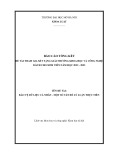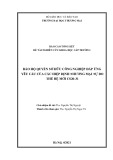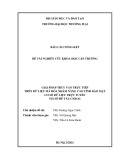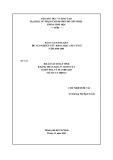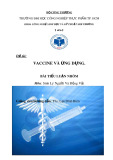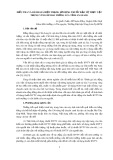
Genome Biology 2007, 8:R224
Open Access
2007Krzywinskiet al.Volume 8, Issue 10, Article R224
Method
A BAC clone fingerprinting approach to the detection of human
genome rearrangements
Martin Krzywinski*, Ian Bosdet*, Carrie Mathewson*, Natasja Wye*,
Jay Brebner†, Readman Chiu*, Richard Corbett*, Matthew Field*,
Darlene Lee*, Trevor Pugh*, Stas Volik†, Asim Siddiqui*, Steven Jones*,
Jacquie Schein*, Collin Collins† and Marco Marra*
Addresses: *BC Cancer Agency Genome Sciences Centre, West 7th Avenue, Vancouver, British Columbia, Canada V5Z 4S6. †Cancer Research
Institute, University of California at San Francisco, San Francisco, California, USA 94143-0808.
Correspondence: Marco Marra. Email: mmarra@bcgsc.ca
© 2007 Krzywinski et al.; licensee BioMed Central Ltd.
This is an open access article distributed under the terms of the Creative Commons Attribution License (http://creativecommons.org/licenses/by/2.0), which
permits unrestricted use, distribution, and reproduction in any medium, provided the original work is properly cited.
Detecting human genome rearrangements<p>Fingerprint Profiling (FPP) is a new method which uses restriction digest fingerprints of bacterial artificial chromosome (BAC) clones for detecting and classifying rearrangements in the human genome.</p>
Abstract
We present a method, called fingerprint profiling (FPP), that uses restriction digest fingerprints of
bacterial artificial chromosome clones to detect and classify rearrangements in the human genome.
The approach uses alignment of experimental fingerprint patterns to in silico digests of the sequence
assembly and is capable of detecting micro-deletions (1-5 kb) and balanced rearrangements. Our
method has compelling potential for use as a whole-genome method for the identification and
characterization of human genome rearrangements.
Background
The phenomenon of genomic heterogeneity, and the implica-
tions of this heterogeneity to human phenotypic diversity and
disease, have recently been widely recognized [1-5], energiz-
ing efforts to develop catalogues of genomic variation [6-12].
Among efforts to understand the role and effect of genomic
variability, landmark studies have described changes in the
genetic landscape of both normal and diseased genomes [13-
15], the presence of heterogeneity at different length scales
[5,16] and variability within normal individuals of various
ethnicities [17-19]. Genome rearrangements have been
repeatedly linked to a variety of diseases, such as cancer [20]
and mental retardation [21], and the evolution of alterations
during disease progression continues to be an emphasis of
current studies.
Presently, various array-based methods, such as the 32 K bac-
terial artificial chromosome (BAC) array and Affy 100 K SNP
array [21-23], are the most common approaches to detecting
and localizing copy number variants, which are one class of
genomic variation. The ubiquity of arrays is largely due to the
fact that array experiments are relatively inexpensive, and
collect information genome-wide. The advent of high-density
oligonucleotide arrays, with probes spaced approximately
every 5 kb, has increased the resolution of array methods to
about 20-30 kb (multiple adjacent probes must confirm an
aberration to be statistically significant) [21]. Despite their
advantages, commonly available array-based methods have
several shortcomings. These include the inability to: detect
copy number neutral variants, such as balanced rearrange-
ments; precisely delineate breakpoints and other fine struc-
ture details of genomic rearrangements; and directly provide
Published: 22 October 2007
Genome Biology 2007, 8:R224 (doi:10.1186/gb-2007-8-10-r224)
Received: 30 April 2007
Revised: 28 August 2007
Accepted: 22 October 2007
The electronic version of this article is the complete one and can be
found online at http://genomebiology.com/2007/8/10/R224





